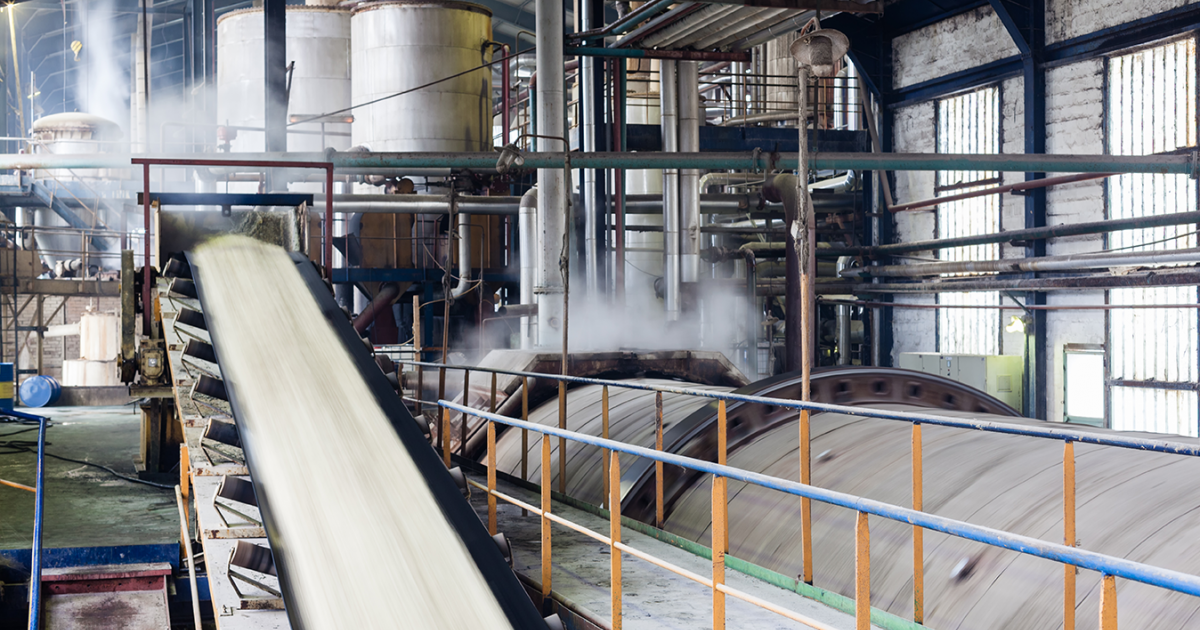Methods for Producing Calcined Lime
Limestone is heated as it descends to the bottom of a kiln. Calcination is the process that occurs when limestone is heated to a specific temperature before being placed in a kiln. The lime is heated in a kiln and then moved to a cooler, where it is used to preheat the combustion air. Natural lime is available for sale, and it can also be crushed and hydrated for other uses.
Limestone is a common and widely distributed sedimentary limestone. High proportions of calcium carbonate and magnesium carbonate, as well as other minerals found in dolomite, make up the rest of the composition. The production process of lime begins with the mining and quarrying of limestone.
Limes’s Many Uses
As early as 4000 BC, the ancient Egyptians were utilizing quicklime in the pyramids they were constructing. It worked because the quicklime was mixed with water. Quicklime has become an important chemical in modern times. Glass, paper, agricultural methods, chemical operations, plaster, cement, and other construction materials all make use of this versatile material.
To reduce downtime, increase productivity, and keep projects moving forward, builders can use lime and other reagents based on lime to speed up the drying process of wet soils. They rapidly fortify weakened soils, making labor simpler, cleaner, safer, and faster. The improved working platform made possible by the soil alteration helps to keep resources flowing to the construction site. To add to this, compounds derived from lime can be used to stabilize soils, giving them an immediate and long-lasting boost to their strength. Construction costs can be reduced and more money made available to DOTs, general contractors, and project owners if these strength benefits are considered from the beginning of the design process. Get the details from Calcined Lime manufacturer in detail.
Calcining
The process of “preheating” involves heating the limestone to a very high temperature by exposing it to the hot exhaust fumes from the kiln. The refined stone is transported to the lime kilns using conveyor belts. To “cook” or “calcine” limestone, a great deal of heat must be applied to the limestone. Generally speaking, there are two stages to the process of transporting heat from the fuel source to the limestone:
The “cooling air” is the air that comes into direct touch with the quicklime as it leaves the calcining zone.
Despite the diversity of kiln types, the rotary kiln is the most common type utilized in the USA. The core of any rotary kiln is a horizontally-oriented cylinder that spins at an angle. Limestone is loaded at the kiln’s “back end,” located at its highest point, while the kiln’s “front end,” located at its lowest point, is where the fuel and combustion air are lit. Limestone is heated as it descends to the bottom of a kiln. Calcination is the process that occurs when limestone is heated to a specific temperature before being placed in a kiln. The lime is heated in a kiln and then moved to a cooler, where it is used to preheat the combustion air. Natural lime is available for sale at Hydrated Lime Manufacturers, and it can also be crushed and hydrated for other uses.











